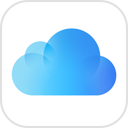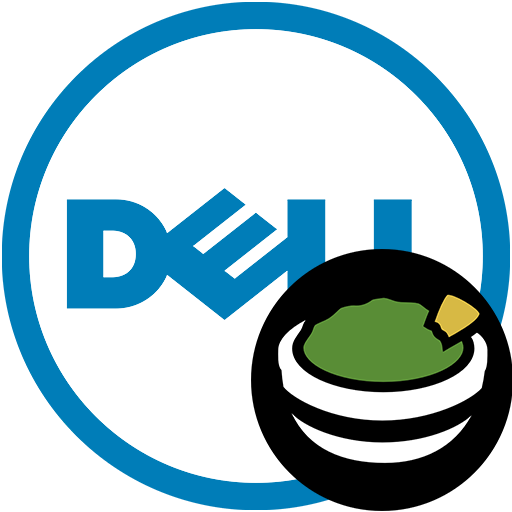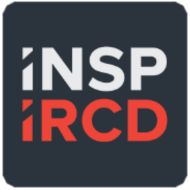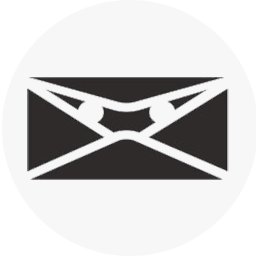Huly---Collaborator
An all-in-one project management platform (alternative to Linear, Jira, Slack, Notion, Motion)
Browse our large and growing catalog of applications to run in your Unraid server.
An all-in-one project management platform (alternative to Linear, Jira, Slack, Notion, Motion)
An all-in-one project management platform (alternative to Linear, Jira, Slack, Notion, Motion)
An all-in-one project management platform (alternative to Linear, Jira, Slack, Notion, Motion)
An all-in-one project management platform (alternative to Linear, Jira, Slack, Notion, Motion)
Open source ambient lighting implementation for television and music sets based on the video and audio streams analysis. Focused on stability while ensuring performance and quality. Single and multi-threaded video processing optimization for Windows, macOS and Linux x64 & ARM (Raspberry Pi and others).
Home Automation, Network Services• Other, Tools / Utilities• Utilities
Multi-Arch/Multi-Platform Docker Container for hyperion.ng. Hyperion is an opensource Bias or Ambient Lighting implementation which you might know from TV manufacturers. It supports many LED devices and video grabbers.
Home Automation, Network Services• Other, Tools / Utilities• Utilities
Hyperion is an opensource Bias or Ambient Lighting implementation which you might know from TV manufacturers. It supports many LED devices and video grabbers.

Backup, Cloud, Downloaders, Home Automation, Tools / Utilities• Utilities
Dockerized iCloud Client - make a local copy of your iCloud documents and photos, and keep it automatically up-to-date.
Crypto Currency, Home Automation, Tools / Utilities• Utilities
Idle Miner lets you remotely control your mining rigs as well as setting up smart rules. This component is a dashboard that lets you control all of your rigs from one place. For more details check the github: https://github.com/ElectricBrainUK/IdleMiner

Allows access to the iDRAC 6 console without installing Java or messing with Java Web Start. Java is only run inside of the container and access is provided via web interface or directly with VNC.

ImageMaid is a script developed by the Kometa team. This tool is designed to help manage and clean up Plex directories by removing unused overlays, custom artwork, and clearing the PhotoTranscoder Directory. It also automates Plex maintenance tasks like emptying trash, cleaning bundles, and optimizing the database.

Backup, Cloud, Network Services• Other, Productivity, Tools / Utilities• Utilities
This Docker container runs ImgBurn client via WINE, so that you can back up your optical disks with the separation and portability capabilities of Docker on Linux. It runs Imgburn and starts a virtual X server and a VNC server with Web GUI, so that you can interact with it. This container needs additional installation steps after running the docker, which can be found here: https://github.com/JWolvers/imgburn-wine-container/?tab=readme-ov-file#installation
A fast and secure standalone server for resizing, processing, and converting images. Additional configuration available via environment variables: https://docs.imgproxy.net/configuration/options
Immich Folder Album Creator This is a python script designed to automatically create albums in Immich from a folder structure mounted into the Immich container. This is useful for automatically creating and populating albums for external libraries. Using the provided docker image, the script can simply be added to the Immich compose stack and run along the rest of Immich's containers.
A web slideshow for Immich

Immich Public Proxy provides a barrier of security between the public and Immich. This will accept /share/key paths and make the API call to the Immich instance without exposing the /auth/login or /api to the public. The WebUI should return "Ok" if configured correctly, then point incoming traffic to this proxy instance to serve shared albums.
Media Applications• Photos, Media Servers• Photos, Other, Productivity, Tools / Utilities• Utilities
Immich Upload Optimizer is a proxy designed to be placed in front of the Immich server. It intercepts file uploads and uses an external CLI program (by default JPEG-XL, Caesium and HandBrake) to optimize, resize, or compress images and videos before they are stored on the Immich server. This helps save storage space on the Immich server by reducing the size of uploaded files.
An open-source CalDAV/CardDAV web client implementation.
InfluxDB is an open source time series database with no external dependencies. It's useful for recording metrics, events, and performing analytics.

InfluxDB is an open source time series database with no external dependencies. It's useful for recording metrics, events, and performing analytics.
Run a command when a directory changes.

Network Services• Other, Productivity, Tools / Utilities• Utilities
InspIRCd is a modular Internet Relay Chat (IRC) server written in C++ It was created from scratch to be stable, modern and lightweight. It provides a tunable number of features through the use of an advanced but well documented module system. By keeping core functionality to a minimum we hope to increase the stability, security and speed of InspIRCd while also making it customisable to the needs of many different users. NOTE: If you want to change the hostname turn on 'Advanced View' and at the 'Extra-Parameters' change '--hostname=YOURPREFERREDHOSTNAME' The container will create a TLS certificate at first start or if the certificate isn't found in the 'conf/' directory, after it is created you can import your own certificate. HASH CREATION NOTICE: Read the discription from the variable 'Operator Password Hash' how to create the hash from your password.

Internet Archive is a command-line and Python interface to archive.org.

An open-source invoicing and time-tracking app built with Laravel https://www.invoiceninja.com

Invoice Ninja v5: an open-source invoicing and time-tracking app built with Laravel https://www.invoiceninja.com. This container requires a separate MySQL running container and the credentials passed via DB_* variables below. SSL certificates are generated automatically and stored in certs/ folder in Storage as invoiceninja.crt and invoiceninja.key. Feel free to overwrite this files with others, if you use LetsEncrypt for example. When migrating for v4 to v5 please follow this tutorial: https://github.com/kiwimato/invoiceninja_v5#upgrade-from-v4-to-v5
An implementation of Stable Diffusion, the open source text-to-image and image-to-image generator, providing a streamlined process with various new features and options to aid the image generation process. **Nvidia GPU Use:** Using the Unraid Nvidia Plugin to install a version of Unraid with the Nvidia Drivers installed and add **--runtime=nvidia --gpus=all** to "extra parameters" (switch on advanced view) **AMD GPU Use:** For AMD GPU support, add "/dev/kfd" and "/dev/dri" each as a Device and add the required Variables: https://rocm.docs.amd.com/projects/install-on-linux/en/latest/how-to/docker.html#accessing-gpus-in-containers
(No Dependencies/No Python Required) iotop-c is a command line utility that identifies processes causing a high amount of input/output requests on your machine.
Network Services• Management, Productivity, Tools / Utilities• Utilities
This is a container with a webGUI to manage a Dell servers fan speeds using IPMI. You must enable IPMI from iDRAC. You can pass credentials through environment variables or enter them in the webGUI at runtime.
Media Applications• Video, Media Servers• Video, Other, Tools / Utilities• Utilities
A reverse proxy for M3U and XtreamCodes IPTV streams
Media Applications• Video, Other, Productivity, Tools / Utilities• Utilities
A video player application that provides support for IPTV playlist playback (m3u, m3u8). This is the backend component.